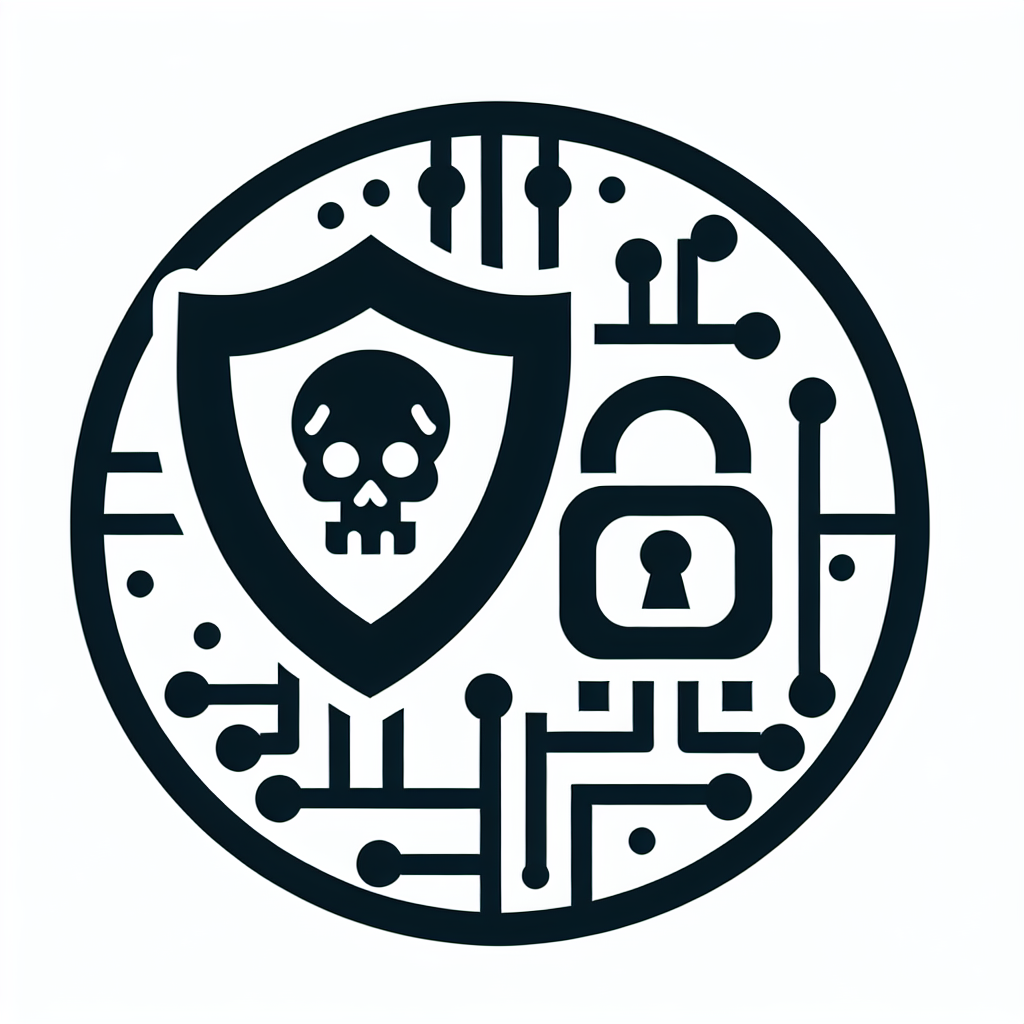
MSPs must combine simple operational controls with ongoing user education to reduce breach risk and business disruption. The practical steps below are aimed at MSP teams looking to protect clients quickly and consistently.

Start with the basics: confirm patching, backups, and multi-factor authentication are in place. These controls stop the majority of opportunistic attacks and limit blast radius if a breach occurs. Next, inventory assets and map critical data flows so you know what to protect. Apply least-privilege access and enforce strong password policies. Finally, schedule employee awareness training within the first 30 days.
Keep critical systems updated as soon as practical—ideally within days of a security patch release. Prompt updates close known vulnerabilities that attackers frequently exploit. Use automated patch management for endpoints and servers to reduce manual work. Test updates in a staging environment for critical systems to avoid outages. Maintain a documented patch cadence so clients know what to expect.
Maintain immutable, offsite backups and regularly test restores to ensure recoverability. The most resilient setups include isolated backups that attackers cannot alter. Keep multiple restore points and encrypt backups to protect confidentiality. Define an RTO (recovery time objective) and RPO (recovery point objective) with the client and verify they meet business needs. Automated backup monitoring and alerts speed response if a job fails.
Make training concise, frequent, and scenario-based so it’s practical for staff to apply. Phishing simulations, short micro-lessons, and role-specific guidance help people retain behavior changes. Encourage a culture where employees report suspicious messages without fear of blame. Combine training with technical controls like email filtering and click-time link protection. Track metrics—phish click rates and training completion—to demonstrate improvement over time.
Cyber insurance is valuable when combined with demonstrable security controls and an incident response plan. It helps cover costs such as legal fees, forensics, customer notifications, and business interruption. Insurers expect applicants to have basic protections (MFA, backups, patching), so advising clients to meet those standards increases eligibility and lowers premiums. Review policy terms carefully—coverage limits, exclusions, and incident reporting windows vary dramatically. MSPs can help by documenting security posture to support claims if needed.
Regular risk assessments reveal gaps and prioritize remediation so limited resources deliver the greatest reduction in risk. Assessments map assets, threats, and existing controls to identify where investments matter most. Use a consistent framework and repeat assessments annually or after major changes. Share clear, actionable findings with clients and track remediation progress. Risk assessments also support vendor and cyber insurance reviews.
Encrypt data at rest and in transit and restrict access by role and business need. Apply data classification so teams understand which information requires stronger controls. Use strong authentication, session logging, and SIEM alerts for high-value systems. Regularly review access lists and remove stale accounts. Combine encryption with backup and recovery plans so data remains usable after an incident.
Have a documented playbook covering detection, containment, eradication, recovery, and communication. Assign clear responsibilities and escalation paths across technical, legal, and executive owners. Keep contact details for forensics, legal counsel, and cyber insurance handy. Run tabletop exercises to validate the plan and update it based on lessons learned. Fast containment and clear communications reduce downtime and reputational harm.
Yes—multiple defensive layers compensate for failures in any single control and reduce attacker success rates. Combine endpoint protection, network segmentation, strong email defenses, and threat monitoring for better overall protection. Threat intelligence and regular vulnerability scanning help prioritize where to strengthen controls. Layering buys time to detect and respond before attackers reach critical systems. MSPs should design stacks that integrate with monitoring and automation to scale protection across clients.
Show measurable outcomes: reduced phishing click rates, patch compliance percentages, backup restore tests, and mean time to detect/contain incidents. Translate technical metrics into business impact—downtime avoided, data preserved, and regulatory exposure reduced. Provide regular reports and use simple dashboards for executives. Offer proactive recommendations and run periodic risk reviews to maintain trust. Demonstrating results builds renewal and upsell opportunities.
Prioritize tools that automate repetitive tasks and improve visibility: RMM, backup orchestration, EDR, email protection, and 24/7 monitoring. Endpoint detection and response and centralized logging are critical for timely detection. Anti-phishing and DNS filtering reduce common attack vectors. Choose solutions that integrate with automation and ticketing systems to speed remediation. Evaluate total cost of ownership and operational complexity before adopting new tools.
Standardize packages, automation, and playbooks so consistent controls are applied efficiently. Use templates for policies, onboarding checklists, and preconfigured monitoring to reduce per-client setup time. Automate patching, backups, and compliance reporting where possible. Maintain a knowledge base and escalation matrix for engineers. Regularly review templates to incorporate threat trends and customer feedback.
Implementing multi-factor authentication (MFA) across accounts is the most effective single move to stop many account takeovers and credential-based attacks.
Test restores at least quarterly and after any major change; higher-risk environments should test monthly.
Yes. MSPs can bundle essential protections into affordable, tiered plans that scale with client needs.
Subscribe to threat feeds, join peer groups, and run regular training and tabletop exercises to adapt playbooks.
Visit Palisade to explore practical MSP-focused security resources and managed email security tools.